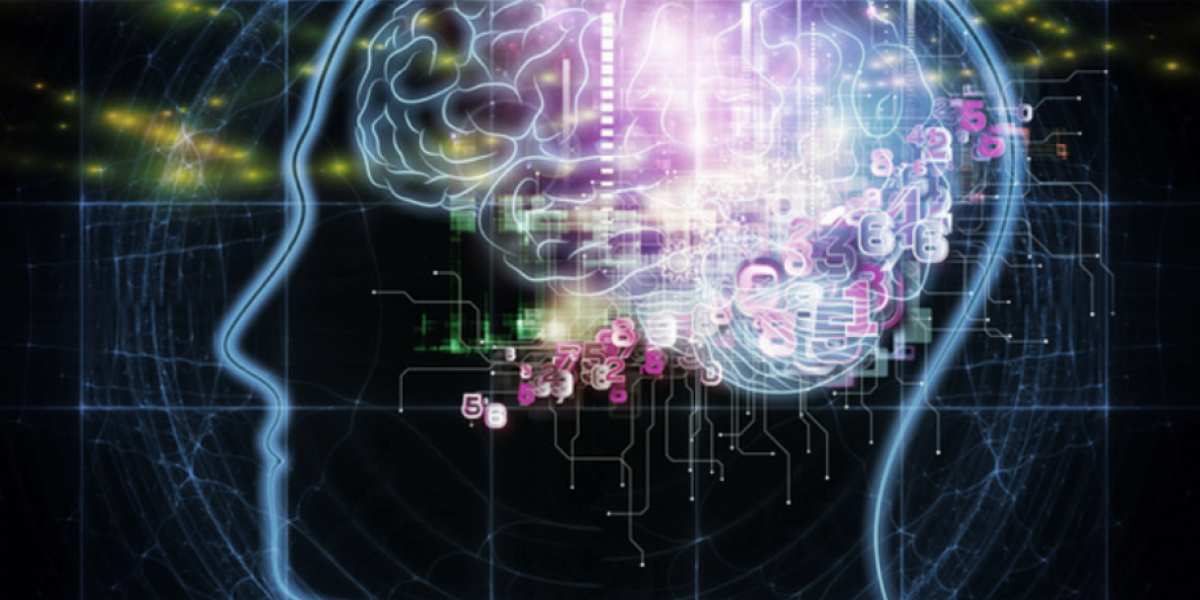The Neuroscience of Mindfulness Meditation
Exploring the neuroscience of mindfulness: Are you a religious person? Perhaps you attend mass every week and pray daily. Maybe you prefer the term “spiritual” because you believe in a higher power, but you’re not an adherent of any particular religion. Then again, you could be someone who has lost their faith — or someone who never had any to begin with.
As you may know, mindfulness meditation grew out of Buddhist teachings and practices. This may make mindfulness seem like something that’s not for you. If you are a Christian, you may be concerned that it conflicts with your faith; if you’re an atheist, you may feel any meditation with a religious basis simply won’t work for you.
Mindfulness — particularly the kind of contemporary mindfulness that is practiced in the West — doesn’t require any kind of religious belief. In fact, one of the reasons it has become so popular in Ireland, the UK, Canada, the USA and beyond, is that mindfulness has proven neurological benefits. We are going to discuss one of these here.
A 2007 study conducted at the University of Toronto found that people have two distinct ways of interacting with the world. Norman Farb and his team of six scientists discovered that we use two sets of neural networks. One of these — called the “default network” — uses regions of the medial prefrontal cortex, along with memory regions such as the hippocampus. The default network is in operation most of the time — that’s why it is called the default network.
Imagine you, like Otis Redding, are sitting on the dock of the bay. It’s a spring evening and the sun is shining. You’re not doing anything except admiring the scenery and listening to the seagulls. The beautiful weather makes you remember the family holiday to Spain you took last year and wonder if this year’s holiday to Italy will be as enjoyable.The seagulls make you think of fish and this thought leads to another: how much you would like fish and chips for dinner, and how happy your family will be if you surprise them all with this — all except for your youngest son who would definitely prefer a hamburger. You decide that you’ll go to the restaurant a block down and get three portions of fish, one cheeseburger, chips and ice cream for dessert. This is the default network at work. You use it for planning and daydreaming.
We also use the default network to think about other people. The default network uses a “narrative” to store all the information it needs about people, their histories, futures and your interactions with them. That’s why you use this to remember last year’s holiday, and think about your upcoming one. This narrative aspect of the default network allows you to think about your family’s reaction to fish and chips for dinner — and consider how upset your youngest son would be if you forgot he doesn’t eat fish.
When you use the default network to experience the world, information is filtered and interpreted through it. That’s why the spring evening is not just a spring evening — it reminds you of past memories and future plans.
Along with the default network, Farb and his team found we can also experience the world through direct experience. When you use the “direct experience network” the insula and the anterior cingulate cortex are activated. When you are using this network, you are not thinking about the past or the future, yourself or other people — instead you are experiencing sensations in real time. So instead of thinking about holidays or dinner, you are simply feeling the warmth of the sun on your skin, listening to the seagulls crying, and smelling the sea breeze.
The default and the direct experience networks are inversely correlated. If you have lunch at your desk you’ve probably answered your emails or finalised a project while eating only to realise that you finished your sandwich without really tasting it. If however, you had concentrated on your food — the freshness of the bread, the tang of the tomato — you would have stopped worrying about your work for a few minutes and given yourself some much needed breathing space.
Using the direct experience network allows you to experience the here and now. You experience the world as it is happening, allowing you to have a better understanding of it and gives you more flexibility in how you respond.
Let’s go back to our dockside scenario. You are walking up to the restaurant and wondering if you’ll get cod or haddock for yourself. You cross the road without looking and a car narrowly avoids you. The driver honks and shouts at you. Your reverie has been interrupted and now you’re angry, both with the driver and yourself. You shout back and stomp on towards the restaurant.
Now imagine you’d been using your direct experience network. You are looking at the cars, and listening to the sounds they make as they pass by you. Of course, under these circumstances you are very unlikely to walk out into traffic. But let’s say the person standing next to you does. Because you are experiencing all the sensations around you, instead of being wrapped up in your thoughts, you have more ways you can respond. You could grab the person and pull them back or shout a warning. You might hold up a hand to tell the oncoming car to stop. You’re not inhibited by your habits and thoughts, which makes you better able to react to the situation at hand.
We need both networks. You can’t live only in the moment without planning for what’s to come, but you can’t always live in the past or project yourself into the future either. Farb found that people who practice meditation and mindfulness are better able to distinguish between these two networks and can switch between them easily. Those who don’t meditate are more likely to automatically use the default network.
Being able to use the direct experience network will help you shut off the chatter and noise in your mind. Next time you are lying in bed unable to sleep because you are worrying about work, bills or the children, try experiencing the world around you instead — the warmth of the blankets, the steady rise and fall of your breath — and let these lull you to sleep. This is pretty tricky without practice — and your mind will soon revert to your worries. But by becoming more mindful it gets easier to do. This is one of the most important aspects of mindfulness — learning to engage different parts of the brain when it is most suitable to do so. And that doesn’t require any kind of religious faith at all.
Exploring the neuroscience of mindfulness












